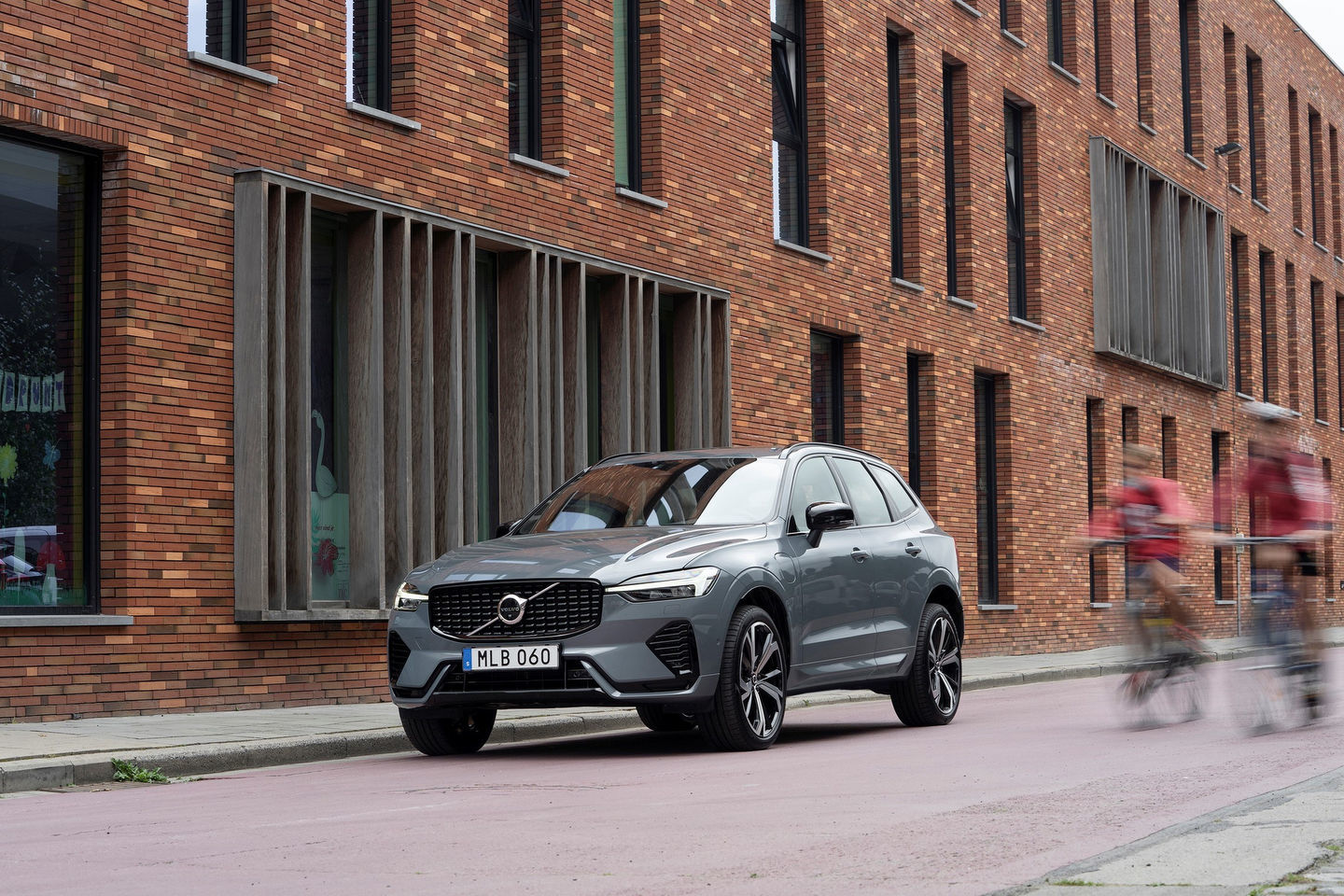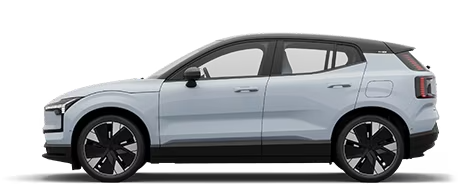The Two Shades of Volvo's Eco-Friendly Drive: PHEV vs. Mild Hybrid Models
August 18 2023,

The automotive world is steering its way towards a cleaner, greener future. And as this evolution unfolds, prominent names in the industry are adopting strategies to minimize carbon footprints. Volvo, the Swedish car giant, hasn't just jumped on the bandwagon; they're piloting it with their PHEV and mild hybrid models. But what's the difference? Let's shift gears and delve into these two intriguing drivetrains.
- A Tale of Two Technologies
Volvo PHEV (Plug-in Hybrid Electric Vehicle): This is a hybrid vehicle with an electric motor and an internal combustion engine (ICE). What sets the PHEV apart is the "plug-in" aspect. It boasts a larger battery pack which can be charged via an external power source, allowing for a considerably longer electric-only drive range.
Mild Hybrid: At its core, a mild hybrid system consists of an ICE and a small electric motor. While the motor can assist the ICE, it can't propel the vehicle by itself. Instead, the electric motor recoups energy during braking and supports the ICE when accelerating, optimizing fuel efficiency and reducing emissions.
- Driving Range and Fuel Efficiency
The PHEV models typically allow for an electric-only range of 53-63 km (depending on the specific model and conditions), after which the ICE takes over. This makes it perfect for city commutes, where short bursts of electric-only driving can dramatically cut emissions.
Mild hybrids, on the other hand, don't have an electric-only driving range. Their forte lies in enhancing overall fuel efficiency and providing an added torque assist during acceleration, ensuring a smoother, responsive drive.
- Charging & Infrastructure
With a PHEV, owners will need access to a charging station, either at home or public ones. As the name suggests, the car has to be plugged in to recharge its battery for electric-only driving.
Mild hybrids don't require external charging. The electric motor's battery is automatically recharged by the engine and regenerative braking.
- Environmental Benefits
Both models are designed with the environment in mind. PHEVs have the clear advantage when it comes to zero-emission drives during their electric-only mode. For urban dwellers or those with shorter daily commutes, this could mean driving on electric power alone most of the time.
Mild hybrids consistently reduce emissions and improve fuel efficiency across all drives. They're the subtle heroes of eco-friendly driving, ensuring you always leave a smaller carbon footprint, even if you aren't in a fully electric mode.
- Price Point & Premium Features
Generally, PHEVs come with a higher price tag due to the added technology and larger battery pack. However, they might qualify for various tax incentives, rebates, or grants.
Mild hybrids, being less complicated than their PHEV counterparts, tend to be more wallet-friendly. But make no mistake; they're still packed with the luxury, safety, and tech features that Volvo is renowned for.
Conclusion
The path to sustainability has many lanes, and Volvo is ensuring they cater to varying preferences with their PHEV and mild hybrid offerings. While both models champion eco-friendly drives, the right one for you will depend on your driving habits, infrastructure accessibility, and budget. Whether you lean towards the extended electric capabilities of the PHEV or the constant fuel efficiency of the mild hybrid, with Volvo, you're always in for a smooth, sustainable ride.


















